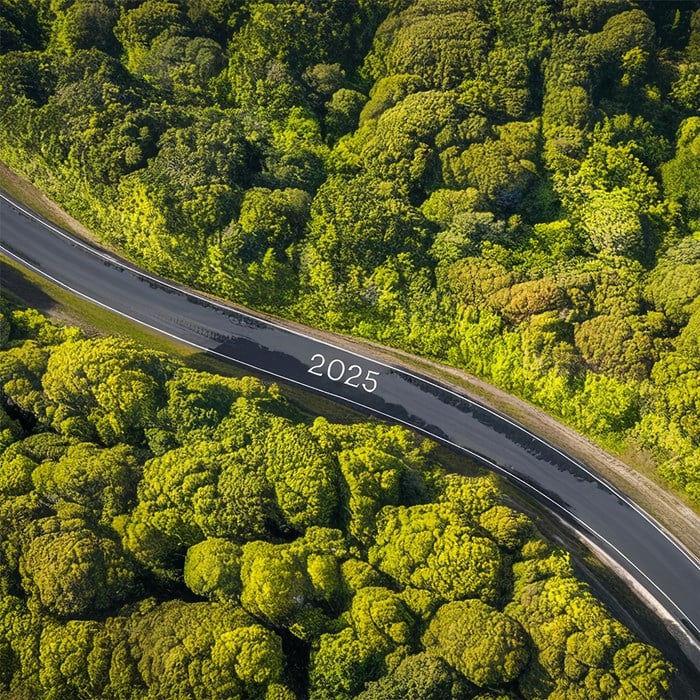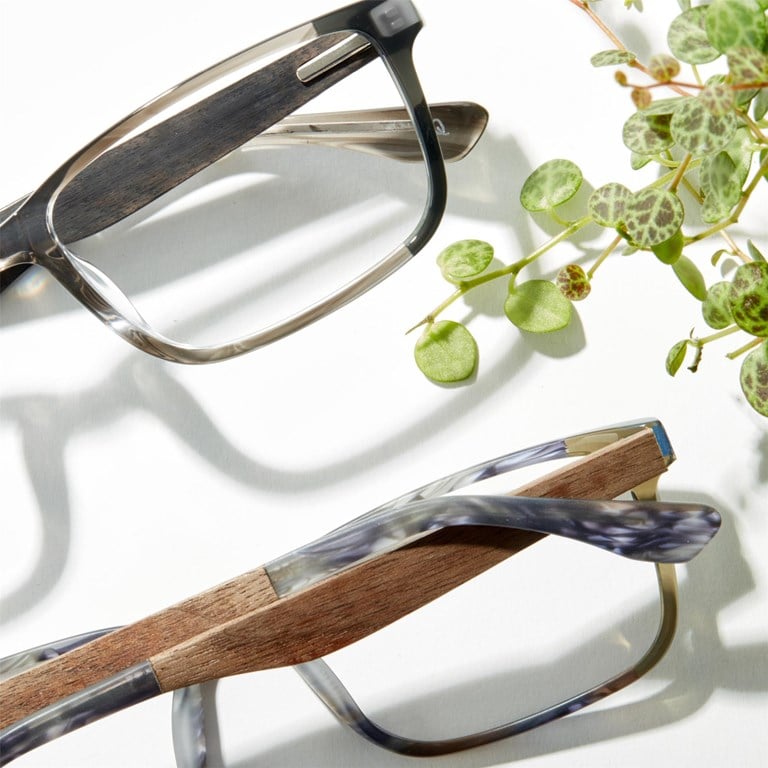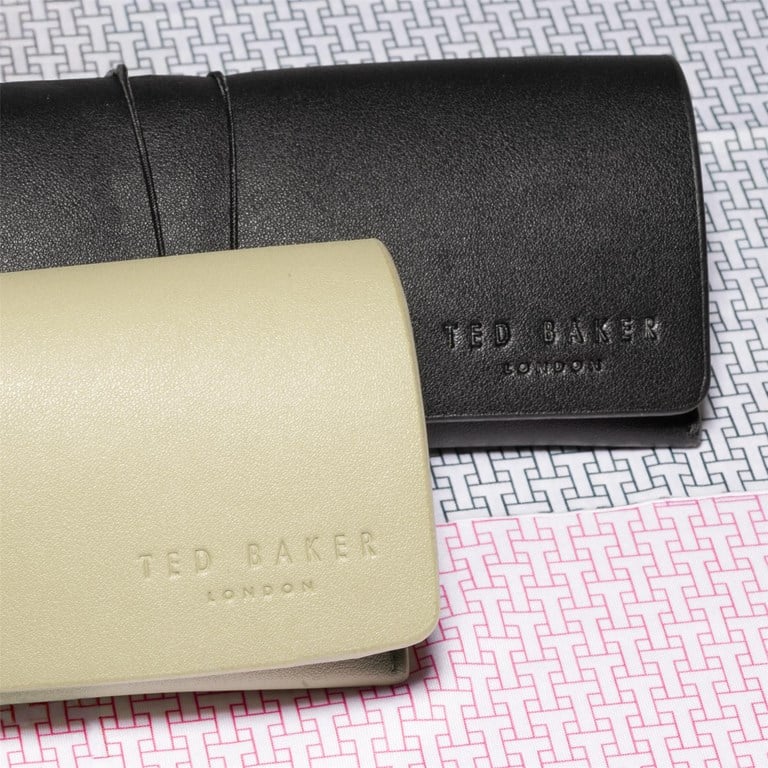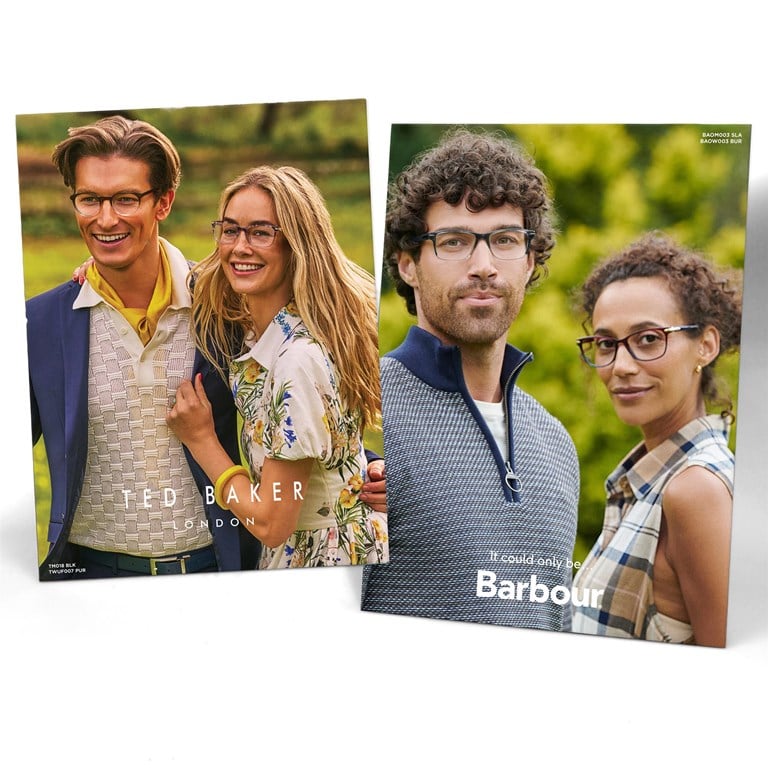Sustainability: Our Journey

OUR COMMITMENT
Tura is committed to sustainability, with oversight and direction guided by our parent company, Inspecs Group. Since 2021, ESG has been a standing item on group board agenda, ensuring that environmental, social, and governance priorities are embedded into the company’s long-term vision and purpose. To support this, the group established a Board ESG Committee dedicated to the strategic development and implementation of sustainability initiatives, holding its first formal meeting in November 2022.
As part of this effort, the group has re-aligned its Risk Framework to identify and mitigate environmental, social, and regulatory risks. Our ESG roadmap focuses on five key areas—planet, people, product, packaging, and procurement—driving us to reduce our carbon footprint and create a positive impact on the people and communities around us.

SUSTAINABLE JOURNEY
At Tura, we’re committed to creating sustainable eyewear that combines style, quality, and responsibility. Several of our collections now feature Acetate Renew, a material made from recycled and plant-based sources, helping us reduce our reliance on newly sourced materials. Alongside this, our demo lenses are crafted with recycled, bio-based materials, further reinforcing our dedication to eco-friendly practices.
Our focus on sustainability goes hand in hand with producing the highest-quality eyewear in the industry. Designed to ensure at least two years of wear, our frames often last a lifetime due to their superior components and craftsmanship. This durability directly addresses one of the biggest challenges in sustainability today: the prevalence of cheap, disposable fashion, including low-cost internet eyewear brands, which are often discarded after just a few wears.
Beyond our frames, our commitment extends to every element, including cases made from recycled materials, lens cloths crafted with recycled fabrics, and eco-conscious point-of-sale materials. By designing products that are both durable and responsibly made, we aim to blend thoughtful innovation with meaningful action across all our brands, creating eyewear that’s as sustainable as it is stylish.
product, packaging, POP materials
Click on the images below to learn more about each step of Tura's sustainability journey.





